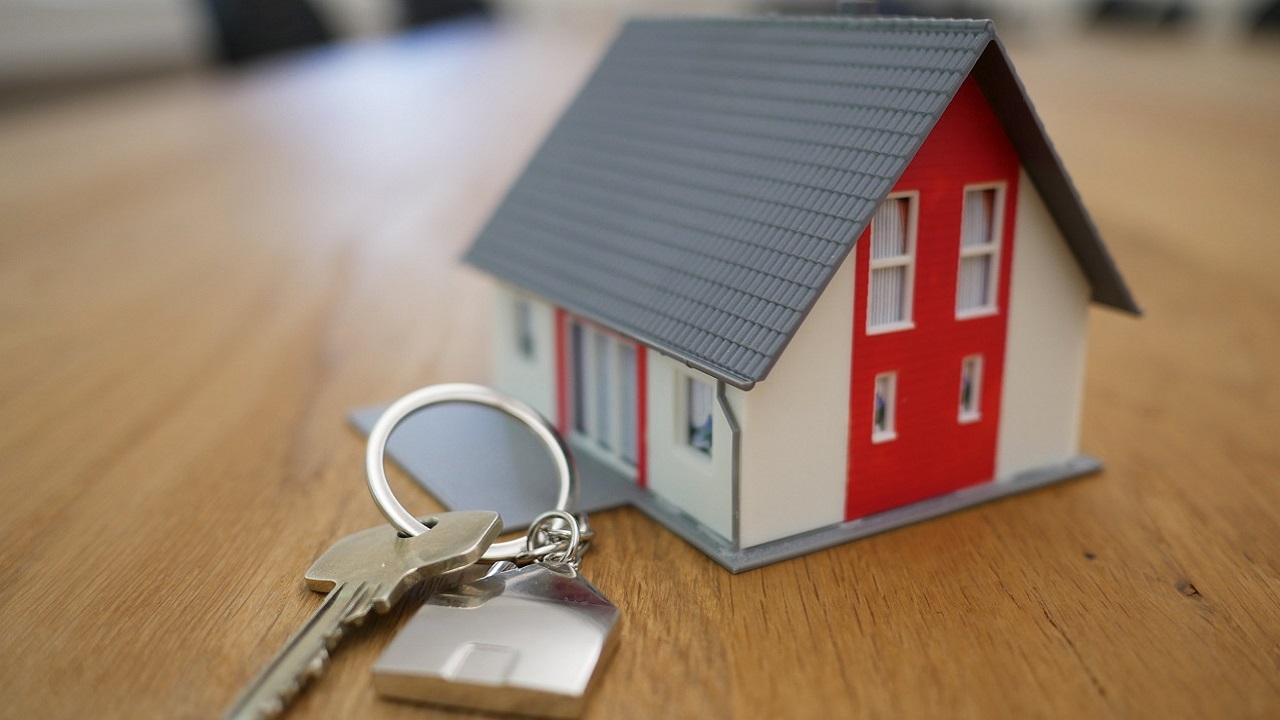WRAPUP 1-US new home sales rebound; house price decline slowing
Sales of new U.S. single-family homes rebounded in March from February's downwardly revised level, drawing support from a persistent shortage of previously owned houses on the market, but momentum could be curbed by a resurgence in mortgage rates. New home sales jumped 8.8% to a seasonally adjusted annual rate of 693,000 units last month, the highest level since last September, the Commerce Department's Census Bureau said on Tuesday.

- Country:
- United States
Sales of new U.S. single-family homes rebounded in March from February's downwardly revised level, drawing support from a persistent shortage of previously owned houses on the market, but momentum could be curbed by a resurgence in mortgage rates.
New home sales jumped 8.8% to a seasonally adjusted annual rate of 693,000 units last month, the highest level since last September, the Commerce Department's Census Bureau said on Tuesday. The sales pace for February was revised down to 637,000 units from the previously reported 662,000 units. Economists polled by Reuters had forecast new home sales, which account for more than 10% of U.S. home sales, would advance by a rate of 670,000 units.
"Mortgage rates have backed up, climbing above 7% in recent weeks, a headwind for buyers," said Rubeela Farooqi, chief U.S. economist at High Frequency Economics. "Even so, a lack of supply of existing homes is likely to shift demand towards new homes." New home sales are counted at the signing of a contract, making them a leading indicator of the housing market. They, however, can be volatile on a month-to-month basis. Sales increased 8.3% on a year-on-year basis in March.
Though the new housing market remains underpinned by the dearth of previously owned homes for sale, rising mortgage rates are taking a toll on affordability. Data last week showed single-family housing starts and building permits declined in March. Sentiment among single-family homebuilders was unchanged in April, with the National Association of Home Builders noting that "buyers are hesitating until they can better gauge where interest rates are headed."
The average rate on the popular 30-year fixed-rate mortgage has risen back above 7%, data from mortgage finance agency Freddie Mac showed, as strong reports on the labor market and inflation suggested the Federal Reserve could delay an anticipated interest rate cut this year. A few economists doubt the U.S. central bank will lower borrowing costs in 2024. New home sales rose in all four regions last month, with the Northeast posting a 27.8% surge. Sales in the Midwest gained 5.3% and vaulted 7.7% in the densely populated South. They increased 8.6% in the West.
The median new house price in March was $430,700, a 1.9% drop from a year ago. Builders are constructing smaller and cheaper houses. But the pace of the price decline is slowing as fewer builders cut prices, a trend that could persist. The NAHB survey last week showed the share of builders cutting home prices fell to 22% in April from 24% in March and 36% in December. Fewer builders were also offering incentives to boost sales.
Overall house prices, however, continue to rise because of the supply squeeze in the home resales market. Data from mortgage finance agency Fannie Mae last week showed house prices increased 7.4% on a year-on-year basis in the first quarter compared to a 6.6% rise in the fourth quarter. Most of the new homes sold last month were in the $300,000-$399,999 price range, followed by the $500,000-$749,000 price bracket. There were 477,000 new homes on the market at the end of March, up from 465,000 units in February. At March's sales pace it would take 8.3 months to clear the supply of houses on the market, down from 8.8 months in February.
Houses under construction accounted for 59.1% of inventory. Homes yet to be built made up 22.2% of supply, while completed houses accounted for 18.7%.
(This story has not been edited by Devdiscourse staff and is auto-generated from a syndicated feed.)
ALSO READ
South Korea set to adjust medical reforms in bid to end walkout, say media reports
Tamil Nadu: BJP's Tamilisai Soundrajan casts her vote in South Chennai
Odd News Roundup: Man named Vote will cast ballot for change in South Africa; Eager volunteers help toads cross the road in Russia
NZ commits $41m to support clean energy in South East Asia
South Korea to adjust medical school quotas in bid to end walkout










